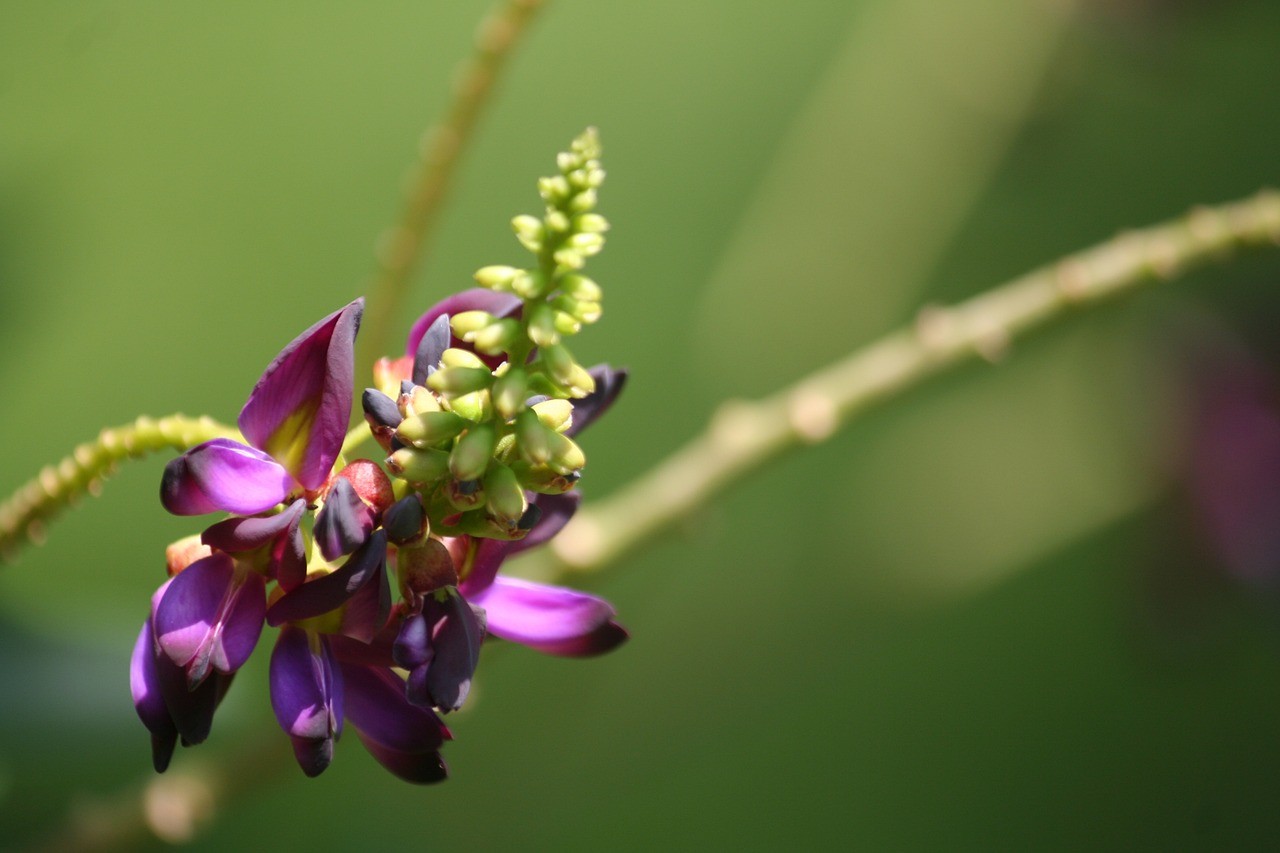How Do You Plant Tarragon?
Updated on
November 29, 2023

Growing Tarragon
Are you looking to add a unique, flavor-enhancing herb to your garden? Look no further than tarragon! In this article, we'll walk you through everything you need to know about planting and growing tarragon in your own backyard. This aromatic and versatile herb, which is known for its anise-like flavor, is a popular choice for many culinary dishes, and well worth learning how to cultivate. Not only will it contribute to your home cooking, but tarragon also adds a lush green touch to your garden. Let's discover the secrets of successfully planting this delightful herb, its benefits, and how to care for it after planting. Dive into this detailed guide and make your green garden dream a reality.
Follow us to keep learning!
Cheatsheet
Planting Tarragon
🌱 Choose a sunny location with well-drained soil.
💧 Water tarragon regularly to keep the soil consistently moist.
🌡️ Tarragon thrives in USDA Hardiness Zones 4-9.
🌾 Trim the plants back to encourage growth.
⏰ Tarragon takes around 14-21 days to germinate.
🌱 Plant tarragon seeds or transplant a nursery-grown plant.
🌿 Harvest tarragon leaves when needed for maximum flavor.
🍴 Add tarragon to salads, sauces, and chicken dishes.
💪 Tarragon is rich in vitamins A and C, and minerals like iron and potassium.
🌱 Tarragon is a perennial herb that can be grown year-round.
Introduction To Planting Tarragon
If you’ve been looking to add some savory flavor to your garden, planting tarragon is a great way to do just that. With its flavorful leaves, some consider it a cross between fennel and anise. Not only is it a delicious herb to incorporate into meals, but it’s also an easy plant to grow.
Growing Tarragon - What You Need To Know
Tarragon is an herb native to temperate climates that fall somewhere between zone 5 and zone 10. It can be grown year round in warmer climates but will die down during colder months. There are a few varieties of tarragon to choose from, including French tarragon, Russian tarragon, and Spanish tarragon. French tarragon is considered the finest variety and is usually the type found in most markets.
Steps To Plant Tarragon
1. Choose Your Location: The ideal location to plant tarragon is one that offers full sun and well-draining soil. Tarragon can also tolerate some shade, so you can plant it in an area that gets partial sun.
2. Choose Your Containers: If you're growing your tarragon in containers, make sure to choose one that’s bigger than you would use for other herbs. Tarragon has larger roots, and because it’s a perennial, you’ll want provide plenty of room for the roots to spread out. You’ll also want to use a potting mix specifically made for containers.
3. Plant the Seeds or Cuttings: You can plant tarragon seeds or start your tarragon from cuttings. To start from seed, sow the seeds in late spring or early summer. For cuttings, take a 4-6 inch cutting of a mature tarragon plant and insert it into moist (but not wet) soil. Place the cutting in bright light but don’t put it outside in full sun.
4. Water and Fertilize: When you first plant the tarragon, give it a good watering and add a balanced fertilizer. Then, continue to water the tarragon deeply twice a week. Don’t water the tarragon too frequently as this may make the leaves soggy.
5. Harvest: You can begin to harvest the tarragon leaves once your plants are about 6 inches tall. To do so, snip them off with scissors or pinch them off with your fingers. Keep the plant trimmed back to encourage new growth.
Tips For Planting Tarragon
When it comes to taking care of tarragon, there are a few tips to help ensure a successful harvest. First, make sure you give your tarragon enough space as it can get quite large. Second, be sure water your tarragon deeply but not too often. Too much water can cause the leaves to become soggy. Third, keep your tarragon weed-free and mulched to retain moisture and deter weeds. Fourth, fertilize your tarragon regularly, but don’t over-fertilize as this can make the leaves bitter.
Conclusion
Tarragon is a great way to add a splash of flavor to your garden. With a little knowledge and routine care, you can be sure to enjoy a successful tarragon harvest for many years to come. Happy planting!
Frequently Asked Questions
1. When should I plant tarragon?
Plant tarragon in the spring after the danger of frost has passed.
2. Where should I plant tarragon?
Choose a sunny location with well-drained soil for growing tarragon.
3. How do I prepare the soil for tarragon?
Loosen the soil and add compost before planting tarragon to improve drainage and enrich the soil.
4. Can tarragon be grown from seeds?
No, tarragon is best grown from cuttings or purchased as young plants.
5. How often should I water tarragon?
Water tarragon moderately, keeping the soil slightly moist but not soaked.
6. Should I fertilize tarragon?
Apply a balanced organic fertilizer once a month during the growing season.
7. How do I harvest tarragon?
Trim the leaves as needed from the top of the plant, avoiding cutting too much at once.
8. Can tarragon be pruned?
Yes, prune tarragon to maintain its shape and enhance new growth.
9. What is the best way to store tarragon?
Store fresh tarragon in the refrigerator or preserve it by drying or freezing.
Growing tarragon at home adds flavor and texture to your cooking, and learning how to plant it in your garden is a great way to start your own herb garden. It doesn't take much effort, is easy to maintain, and adds a flavorful ingredient to all kinds of recipes. Whether you're a beginner or an experienced gardener, tarragon is an excellent addition to any garden.





